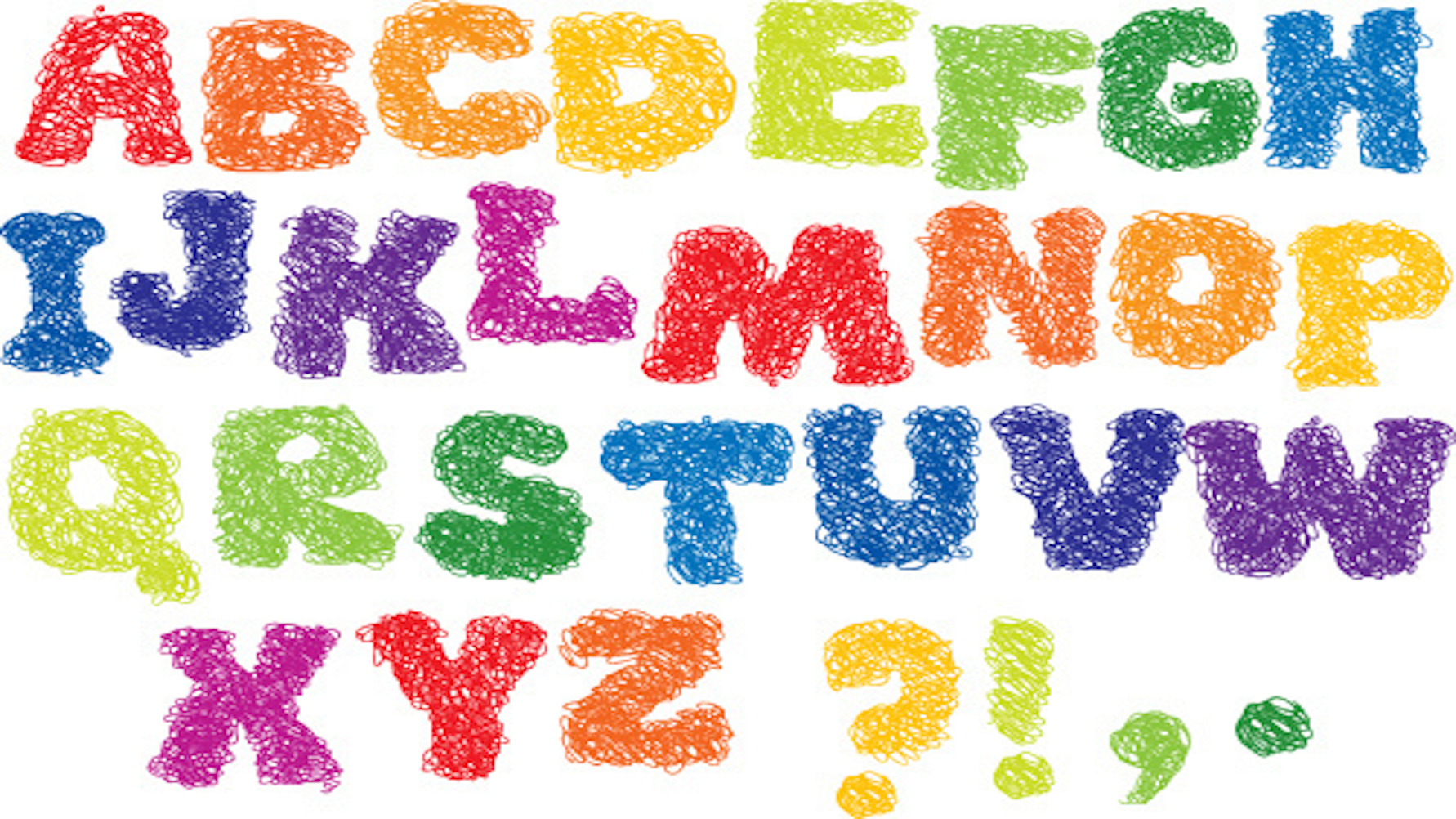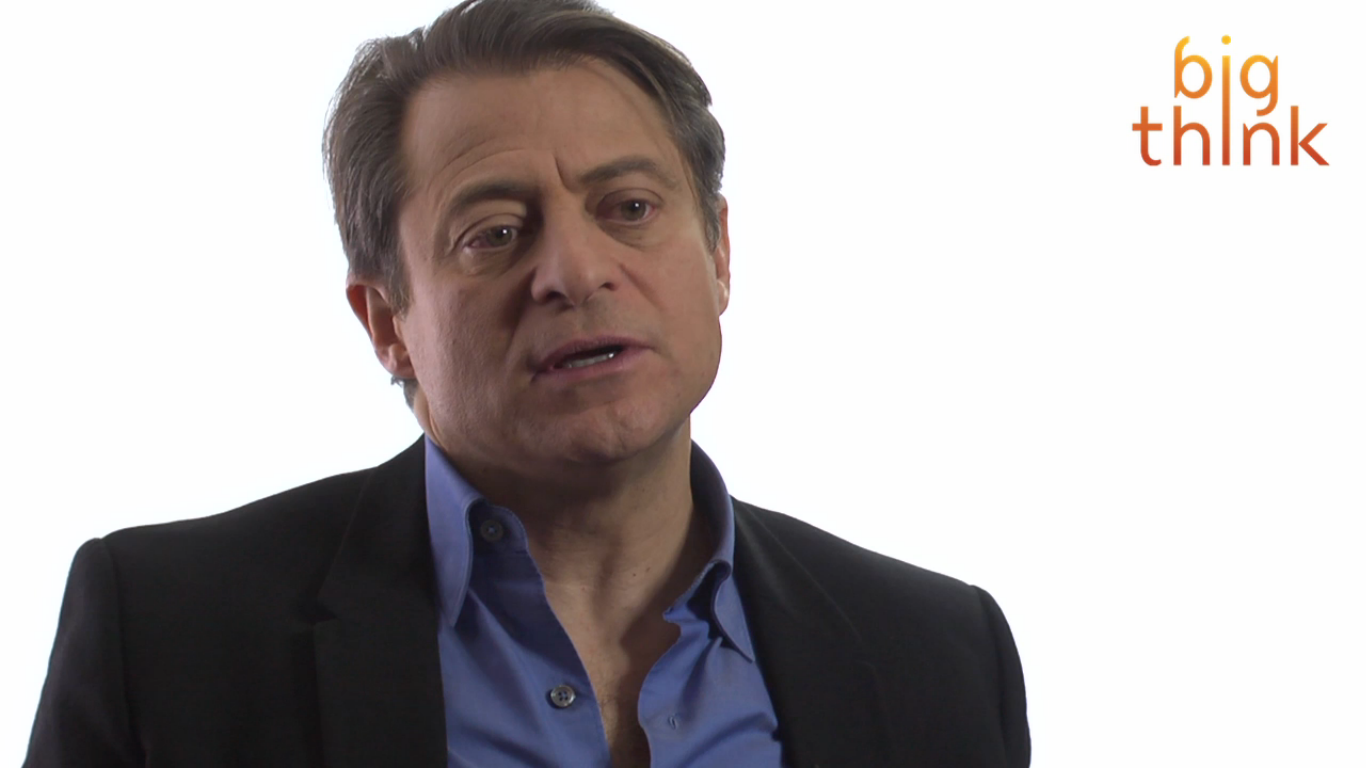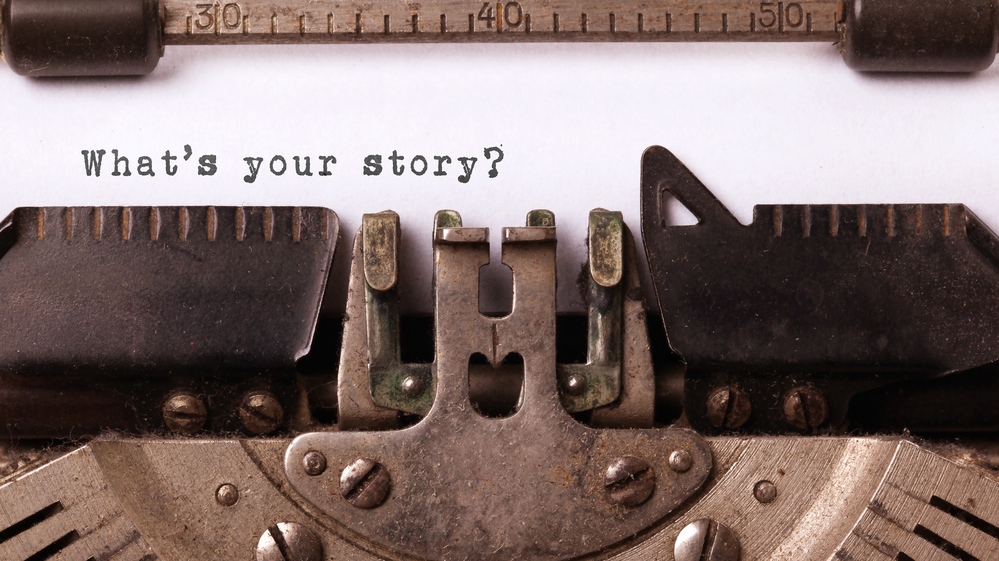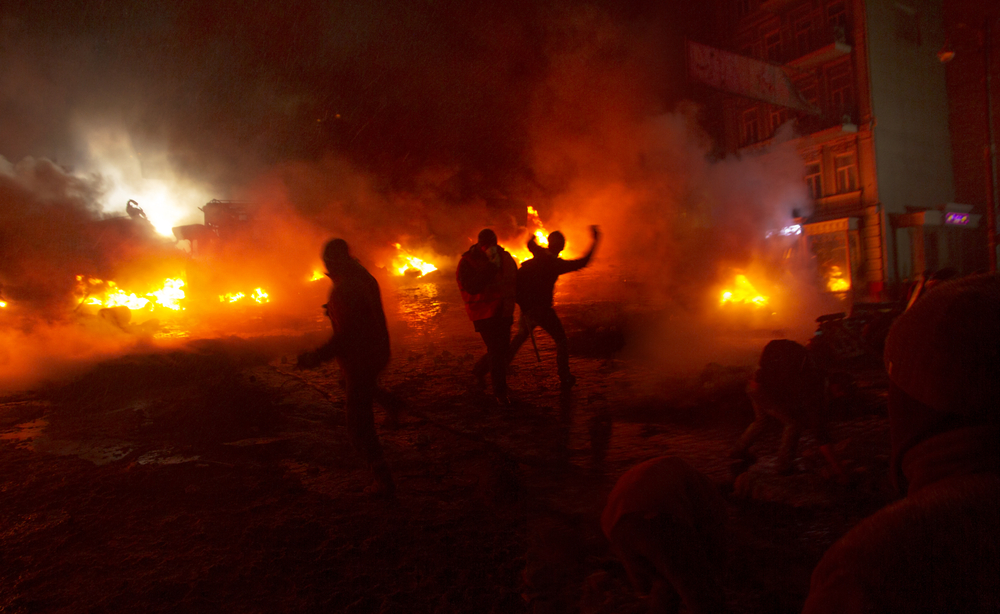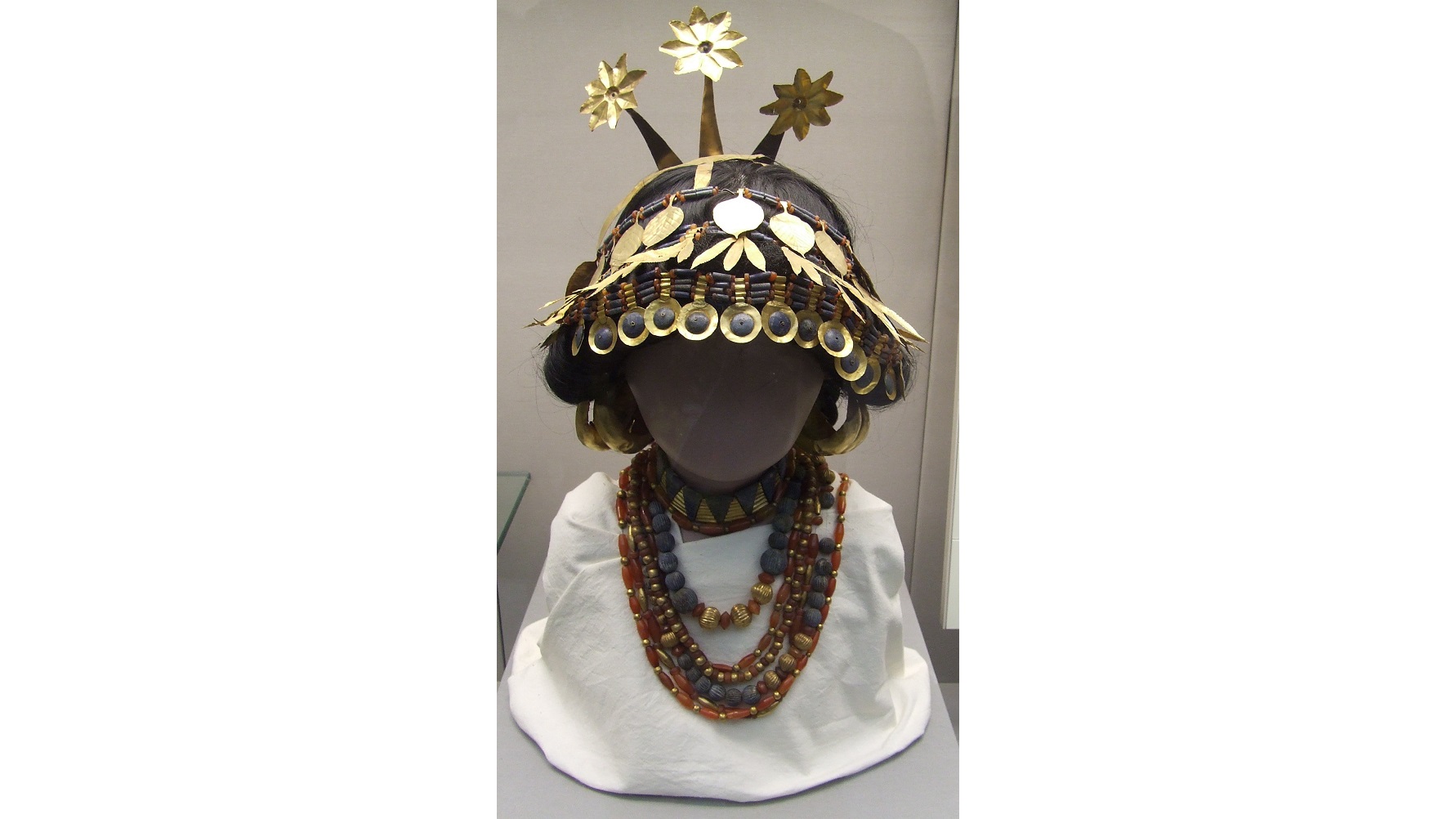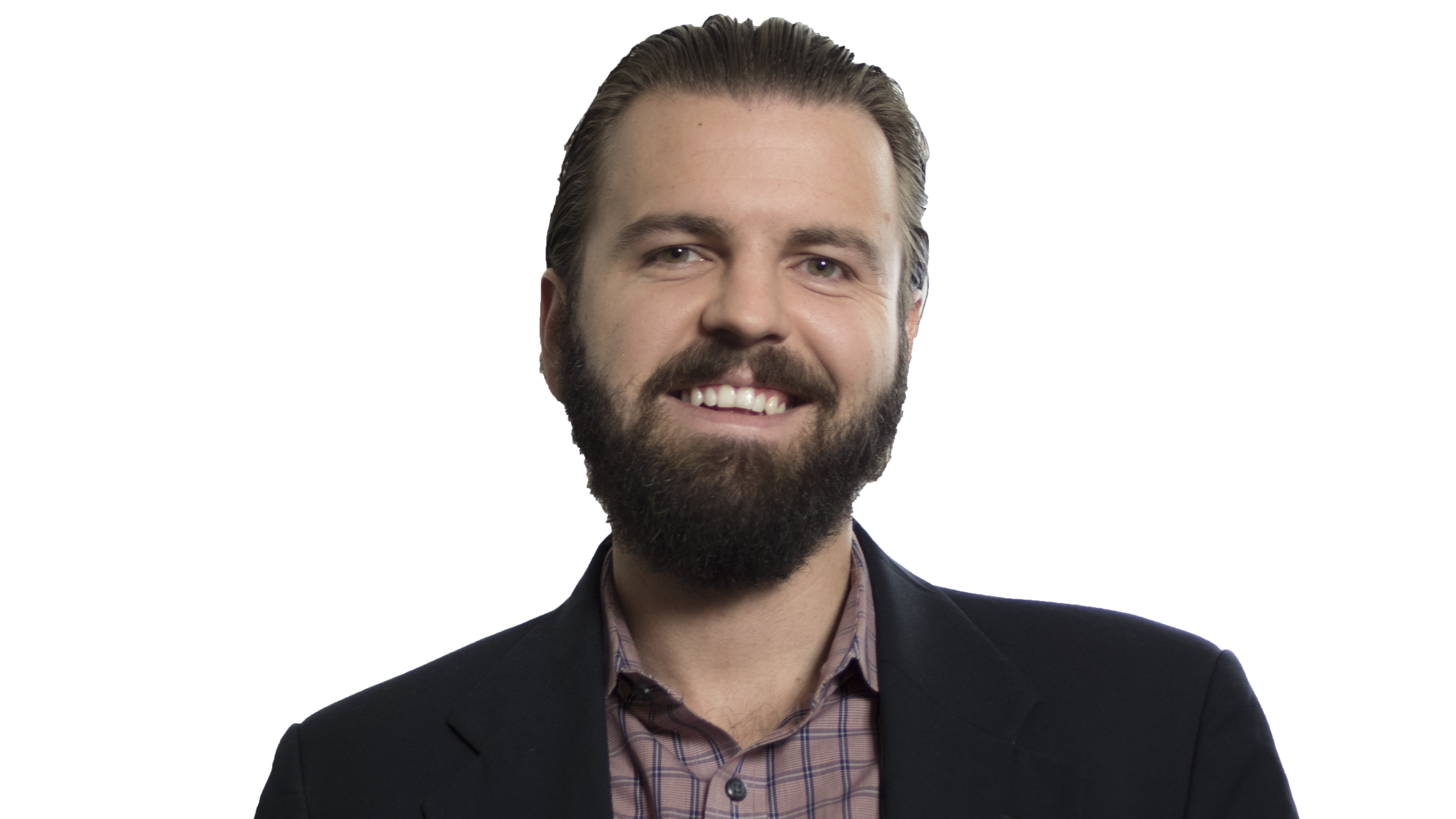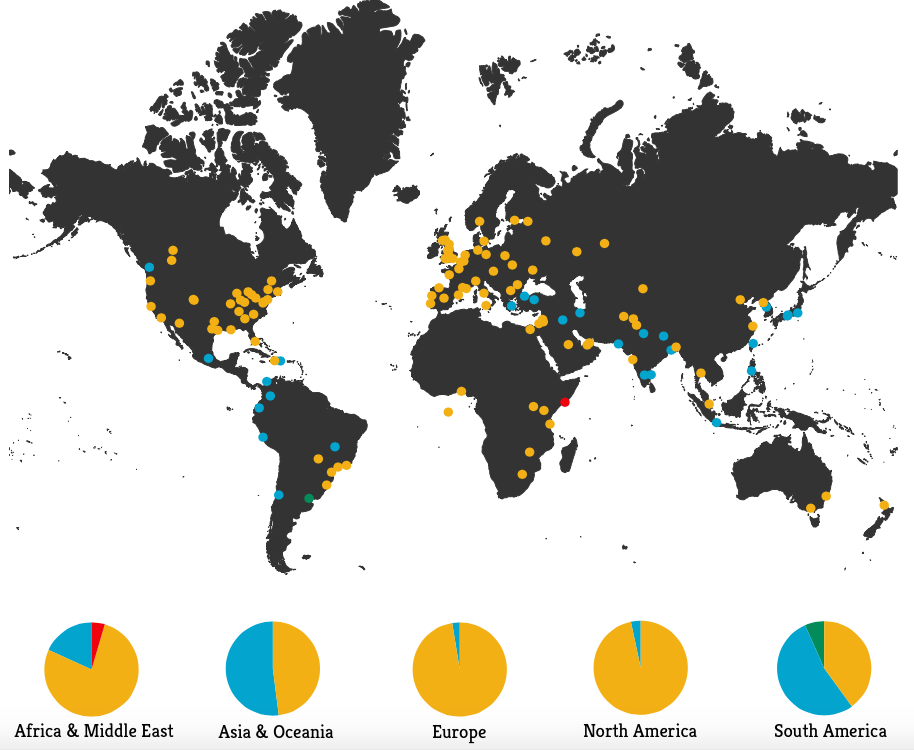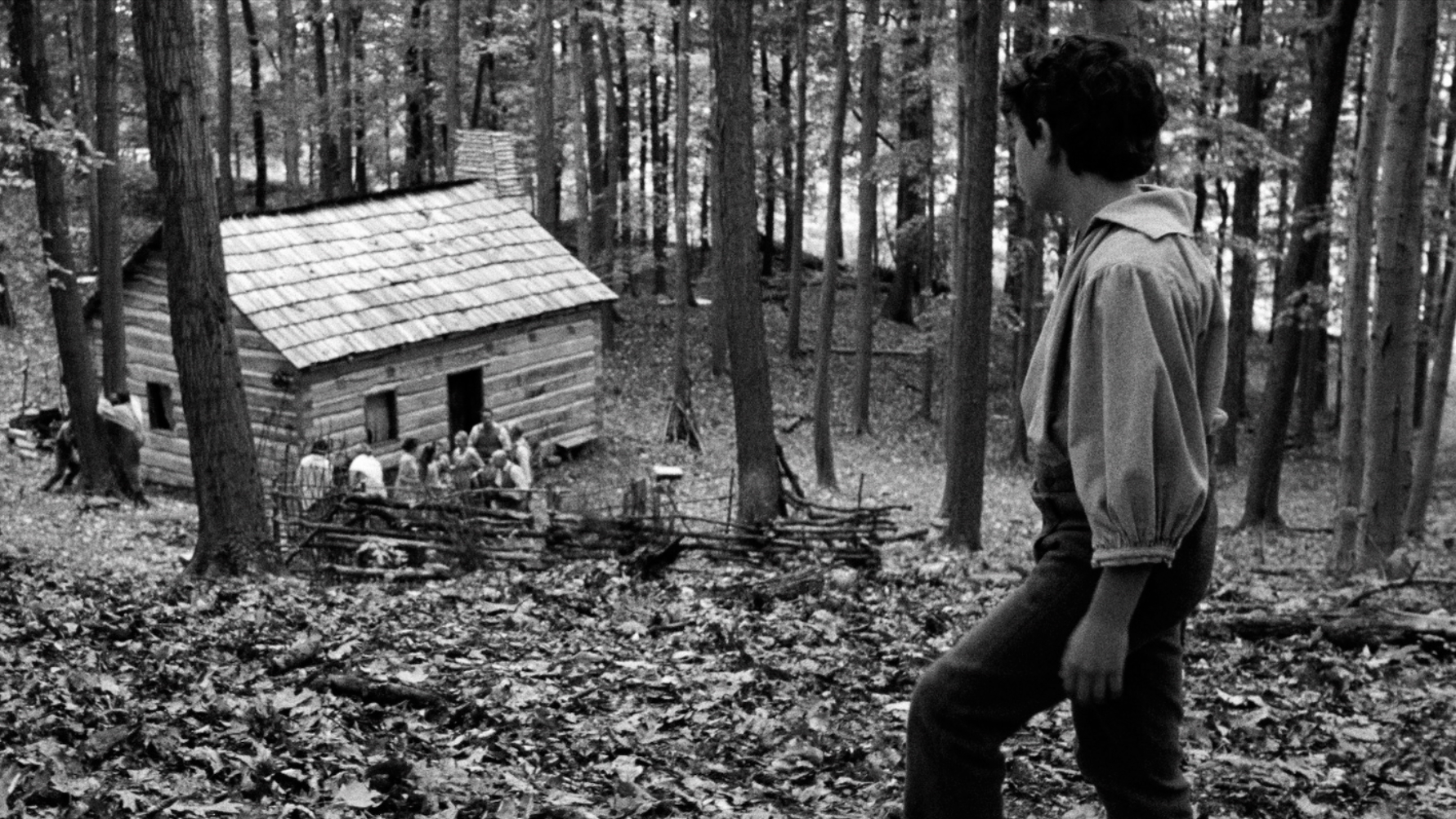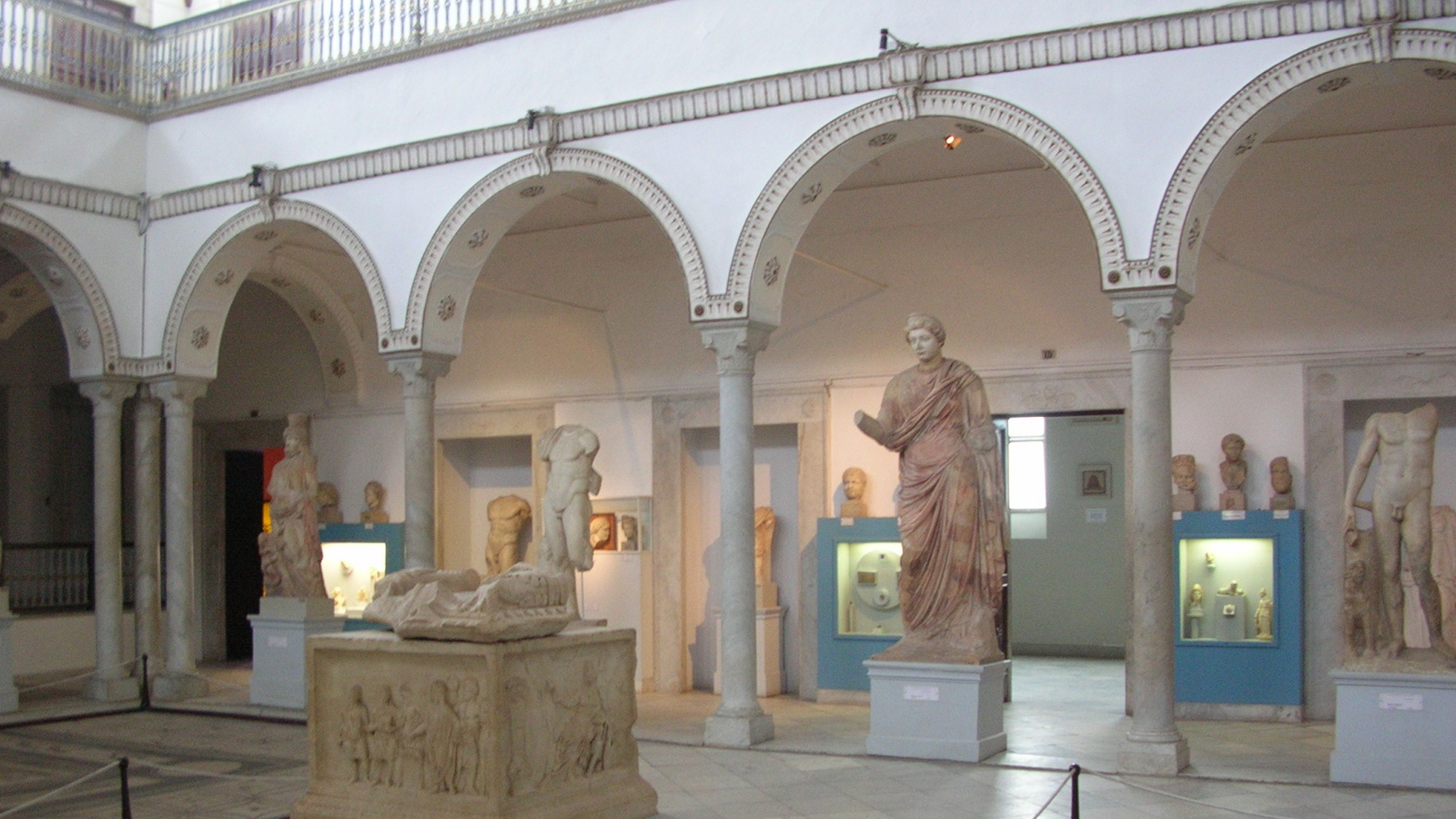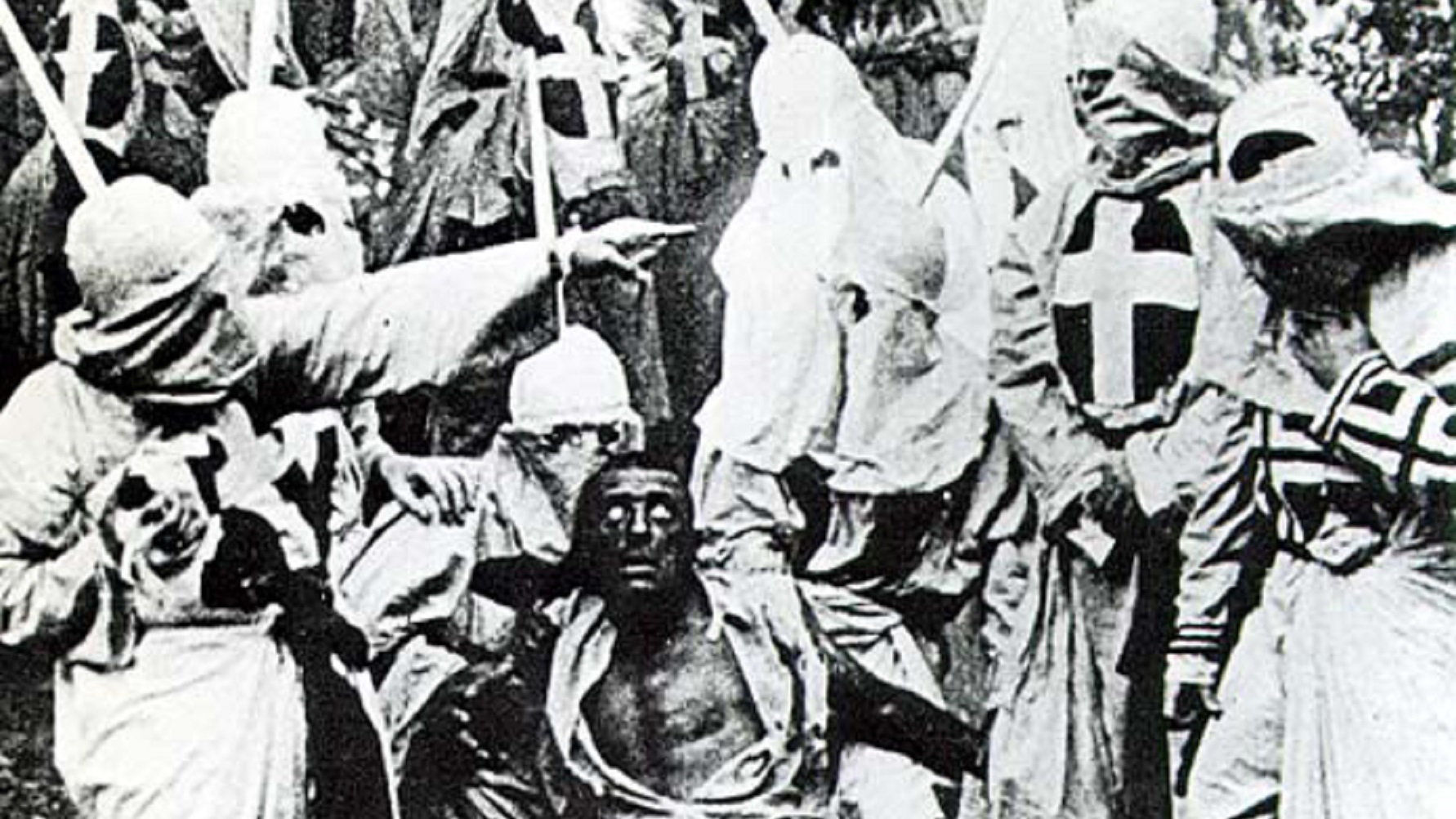Scientists at the University of Sussex in Brighton, UK, have demonstrated a nine-week training course that successfully teaches individuals to see letters as certain colors.
Search Results
You searched for: color
It’s the greatest source of energy in the Universe, and yet we had no idea until less than 100 years ago. “The sun is a miasmaOf incandescent plasmaThe sun’s not […]
The massive damage humans have done to the natural world has provoked a backlash that could be just as dangerous, or more. There is a growing global rejection of technology and almost anything human-made in favor of whatever is more ‘natural’. But a simplistic rejection of modern technologies eliminates many of our best options for solving the problems we’ve created.
In his latest book Bold, Peter Diamandis notes that exponential entrepreneurs need to keep an eye out for emerging technologies — such as virtual reality — about to emerge in a big way.
Is it sloppiness, laziness, or actual deceit that causes television newspersons to rely on phrases like, “Some people say,” “Some people think,” “It’s been said,” and “A lot of people […]
Last week’s events in Nepal and Baltimore were drastically different. Yet how people responded to two tragedies offer insight into how we deal with trauma and how we decide to offer compassion.
When British archaeologist Leonard Woolley discovered in December 1927 the tomb of Puabi, the queen/priestess of the Sumerian city of Ur during the First Dynasty of Ur more than 4,000 years ago, the story rivaled that of Howard Carter’s discovery of Tutankhamun’s tomb in Egypt just five years earlier. “Magnificent with jewels,” as Woolley described it, Puabi’s tomb contained the bodies of dozens of attendants killed to accompany her in the afterlife — the ideal material for a headline-grabbing PR campaign that momentarily shouldered Tut out of the spotlight. A new exhibit at New York’s The Institute for the Study of the Ancient World titled From Ancient to Modern: Archaeology and Aesthetics puts Puabi back in the spotlight to examine how archaeology and aesthetics intersected, transforming ancient art into modern and making modern art strive to be ancient.
The power of positive thought has a double edge: on one hand it helps us cope when we’re faced with difficult circumstances, but if not checked with a dose of realism, it can set us up for defeat.
“If someone is to consider black and white for their project I guess I would say the heads up that I would offer is that they need to be prepared to fight for it and lobby for that… Connections are not in color or in black and white. They’re invisible but just as real.”
Sunrise at Lake Laanemaa, Estonia.
Photo credit: Heino Ruiso / Wikicommons
It’s the only thing separating real knowledge from ignorant misinformation. “The first duty of every Starfleet officer is to the truth, whether it’s scientific truth or historical truth or personal […]
“Every race and every nation should be judged by the best it has been able to produce, not by the worst.”
“The most common way people give up their power is by thinking they don’t have any.”
-Alice Walker, author of The Color Purple
Would there be only blackness past the event horizon? Or something more? They say ‘A flat ocean is an ocean of trouble. And an ocean of waves… can also be […]
We owe our origins to the stars. But it’s not the fast catastrophes that made us possible, but a slow, burning romance. “It took less than an hour to make […]
Of the many concepts of Judaism artist Mark Rothko took to heart, the idea of tikkun olam, Hebrew for “repairing the world,” penetrated the deepest. In Mark Rothko: Toward the Light in the Chapel, academic and a cultural historian Annie Cohen-Solal cuts to the heart of Rothko’s life and art and sheds new light on how both seemingly had to end at The Rothko Chapel (shown above), the Houston home of Rothko’s final works that he tragically didn’t live long enough to see himself. In this tightly focused new biography, Cohen-Solal shows us both how The Rothko Chapel culminates Rothko’s life-long mission to repair his world and how it continues to serve as a light of hope in our darkening world.
A.J. Edwards is the director of the new film The Better Angels, which highlights the formative years of Abraham Lincoln. In this Big Think interview, Edwards explains his decision to shoot the film in black and white.
Can the world’s most fantastic and speculative “theory of everything” candidate shed light on the Universe’s most invisible objects? “I just think too many nice things have happened in string […]
Websites aren’t just bits of information floating in nothingness until appearing on a computer screen. They can have significant environmental impacts that ought not go unchecked.
Scientists and mathematicians hope to unlock the secrets of psilocybin, a compound found in magic mushrooms, in order to better understand how networks in the brain connect in uninhibited states.
Fleeing the Norman Conquest, English émigrés established a now-forgotten New England on the northern shore of the Black Sea.
The former Chief Evangelist steps into Mark Zuckerberg’s shoes and explains that if he were CEO of Facebook he would make sure not to alienate users by debasing their social media experience.
The nonprofit sector is unfairly geared toward large, mainstream organizations that take in the most money but don’t adequately engage with the people most affected by a problem.
The forgotten aspects of art history will always be the most intriguing. Digging up the dead storylines of art history, whether in the distant or the recent past, will never end, mostly thanks to forces that buried the facts, if not the bodies, for whatever agenda. Artists and Prophets: A Secret History of Modern Art 1872-1972 at the Schirn Kunsthalle Frankfurt resurrects German visionaries and Jesus wannabes from the late 19th and early 20th centuries to look at how their exploits and artistic creations helped shape the course of German and European modern art. It also shines light on how the impact of those figures fell into obscurity as another casualty of the ideological war waged by that most unfortunately unforgettable of German messianic aspirants — Adolf Hitler.
The attack at the Bardo National Museum in Tunis, Tunisia, on March 18, 2015, was an attack on civilization itself. Not just Tunisian civilization or Western civilization or Islamic civilization or Christian civilization — ALL civilization. ISIS may not have been directly involved in the Tunisian attack, but its iconoclastic, its “year zero” philosophy certainly was present. The fact that these attackers targeted tourists seeking out ancient civilizations rather than the artifacts of those ancient civilizations makes this latest tragedy even more chilling. The Bardo National Museum attacks may one day emerge as the first battle in the ultimate fight for civilization’s survival.
Few inhabitants of the world’s biggest megacity have any idea of its existence, or of its name.
On February 8, 1915, at Clune’s Auditorium in Los Angeles, California, D. W. Griffith’s Birth of a Nation premiered. The fledgling art form of film would never be the same, especially in America, which even half a century after the end of the Civil War struggled to come to terms with race. Now, a century after Birth of a Nation’s premier, America still struggles not only with race, but also with how race plays out on the silver screen. For good and ill, Birth of a Nation marks the beginning of the first 100 years of the American Cinema—epically beautiful, yet often racially ugly.
Other particles — electrons, neutrinos, photons and more — can exist on their own. But quarks never will. Here’s why. Image credit: Wikimedia Commons user Maschen under C.C.-1.0. “In physics, you don’t have to […]
Last week, the Supreme Court heard oral arguments in Equal Employment Opportunity Commission (EEOC) v Abercrombie & Fitch Stores, a case involving a Muslim woman whose headscarf, or hijab, disqualified […]
